If we observe the nucleus of each cell, we’ll find that the DNA molecule in it is packaged into thread-like structures. These are called chromosomes that carry hereditary information for everything, i.e., height to eye color. These chromosomes are made up of DNA that is tightly coiled many times around proteins called histones that support the structure of chromosomes.
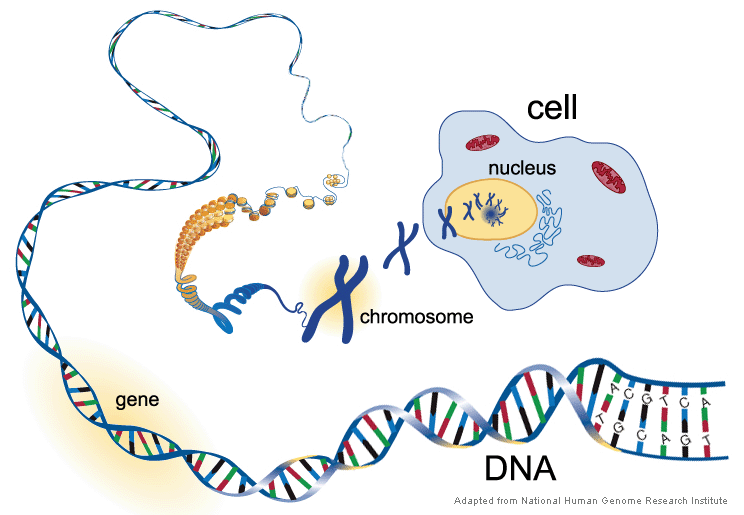
Normally, chromosomes are not visible in the cell nucleus, not even under a microscope if the cell is not dividing. But during cell division, the DNA becomes more tightly packed, and then the chromosomes become visible under a microscope.
Normal chromosomes are usually seen during mitotic & meiotic cell divisions. However, in specialized tissues or in certain species or species groups, non-standard or unusual chromosomes exist. These chromosomes serve as valuable tools for cytogenetic research and distinguish themselves by their unusual size. The Lampbrush chromosome is one of them.
Best safe and secure cloud storage with password protection
Get Envato Elements, Prime Video, Hotstar and Netflix For Free
Best Money Earning Website 100$ Day
#1 Top ranking article submission website
What is the lampbrush chromosome?
Lampbrush chromosomes are one type of giant chromosome that occurs in the diplotene stage of primary oocyte nuclei in vertebrates & invertebrates and also in the Y chromosomes of Drosophila spermatocytes. Lampbrush chromosomes can even be larger than the polytene giant chromosomes of Diptera.
Discovery
- Flemming (1882)- He found a large chromosome in the egg mother cell of an amphibian animal.
- Ruckett (1882)- He named this chromosome “Lampbrush Chromosomes” because this chromosome looks like the lampbrush or test-tube brush.

- Beermann (1952)- He first realized that the lampbrush chromosome loops are similar in function to the puffs of the polytene chromosomes.
- Gall & Callan (1962)- They applied the most improved techniques in studying lampbrush chromosomes.
Distribution
- These chromosomes have been most commonly observed in the nuclei of certain animal oocytes/egg mother cells during the prophase of meiosis.
- They are in the diplotene stage of meiosis and may remain in this stage for a year or more while the egg is maturing.
- They are also found in fish, birds, reptiles, and amphibians.
Nature
- These chromosomes are characterized by a typical diplotene bivalent appearance showing chiasmata.
- From the darkly stained chromosomes, thousands of thin chromatin loops are extending at rectangles.
Size
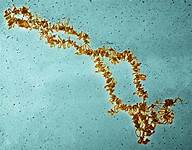
- Lampbrush chromosomes are the largest among all types of chromosomes.
- 600 to 800 µm in length.
- It can be even 1000 µm (=1 mm) in Triturus spp. and Rana spp.
Structure
The following part describes the structure of the lampbrush chromosome in two headings: Physical and Chemical structure.
Physical Structure

Figure: Diagrammatic representation of the lampbrush chromosomes of the Triturus, a bivalent with two chiasmata and with the paired arrangement of the loops extending out from each homologue.
Figure: Diagrammatic representation of the lampbrush chromosomes of the Triturus, a bivalent with two chiasmata and with the paired arrangement of the loops extending out from each homologue.
Chemical Structure
Herbert MacGregor and Harold Garnet Callan (1962) published a research article on lampbrush chromosomes in the Journal of Microscopical Science.
They worked at The University of St. Andrews.
| Chromosome | Enzyme | Function |
| Lampbrush chromosome | Protease |
|
| RNase |
|
|
| DNase |
|
- The Lampbrush chromosome is not composed of proteins.
- Matrix has many ribonucleoproteins.
- Loop axis and main axis are composed of DNA.
Ultra-structure of Lampbrush chromosome
- Callan and Loyed by using phase-contrast microscopy, strongly proved that the lampbrush chromosome is four-stranded.
- Lampbrush chromosome consists of longitudinal axis formed by a single DNA molecule along which hundreds of bead-like chromomeres are distributed.
- Two symmetrical lateral loops (one for each chromatid) emerge from each chromomere.
- About 5 to 10% of the DNA is in the lateral loops. The loops consist of uncompact DNA and proteins but have a good amount of RNA and they are transcriptionally active.
- The DNA of loops are the sites of intensive RNA synthesis.
- The axis having compact DNA is transcriptionally inactive.
- Loop is 90-200 Å in diameter. The size of the loop and chromomere are inversely proportional.
Function
- These chromosomes are involved in the synthesis of RNA and proteins by their loops.
- Lampbrush chromosomes probably help in the formation of a certain amount of yolk materials for the egg.
Differences between lampbrush & polytene chromosomes
| Lampbrush Chromosomes | Polytene Chromosomes | |
| Replication | Not at all | Many times |
| Diameter | Large | Less |
| Type | Meiotic | Mitotic |
| Nature | Vertically expanded | Transversely divided |
The similarity between lampbrush and polytene chromosome
- Polytene and lampbrush chromosomes both are bivalent.
- The structure and function of puff in polytene chromosomes and loop in lampbrush chromosomes are more or less the same.
- The main objective of both chromosomes is to increase metabolic activities without increasing the number of chromosomes. Polytene chromosome does it by transverse division whereas lampbrush chromosome performs it by expanding loops vertically.
- The extra metabolism takes place within the puff in polytene chromosomes and loops in lampbrush chromosomes.
References
- Class lecture of Chandan Kumar Dash Sir (Lecturer, Department of Botany, University of Dhaka).
- Book- “Cytogenetics (Plants, Animals, Humans)” by Jurgen Schulz-Schaeffer.
Revised By
- Khaleda Akter Shompa on 18 July 2021.
 Plantlet The Blogging Platform of Department of Botany, University of Dhaka
Plantlet The Blogging Platform of Department of Botany, University of Dhaka
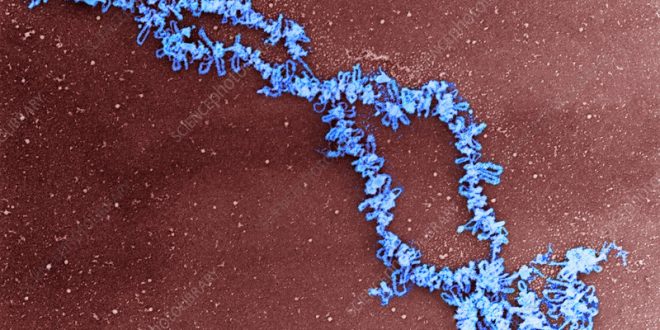
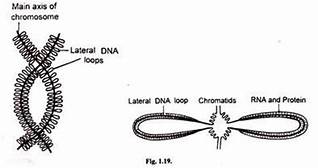



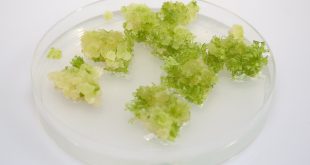
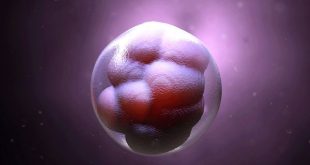
Great organisation and quite an informative article. Thank you.
Thank you so much for your appreciation & support.
Your article gave me a lot of inspiration, I hope you can explain your point of view in more detail, because I have some doubts, thank you.